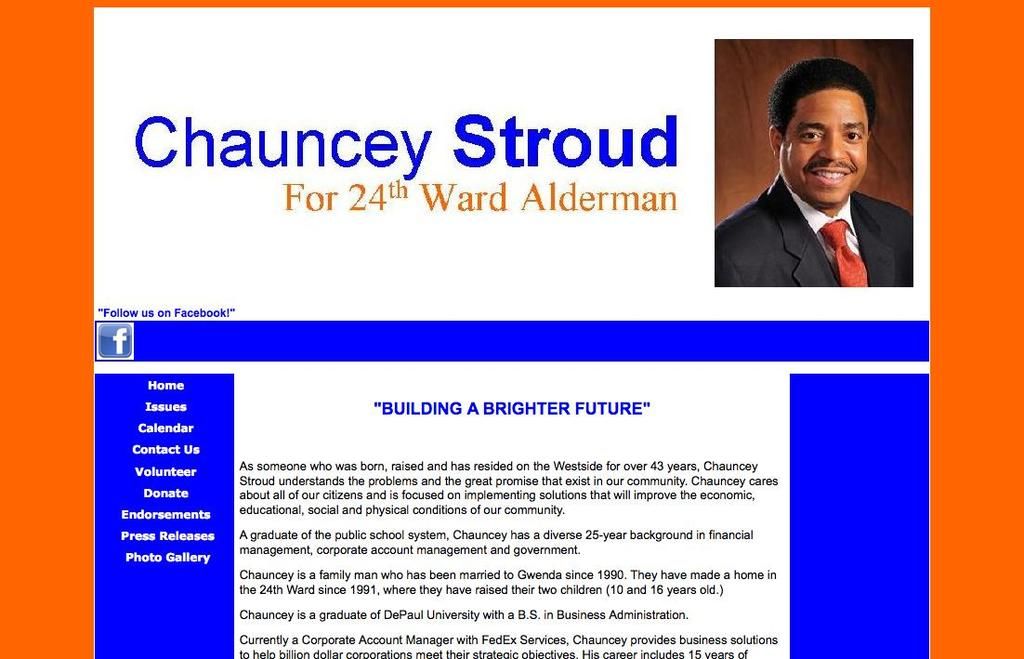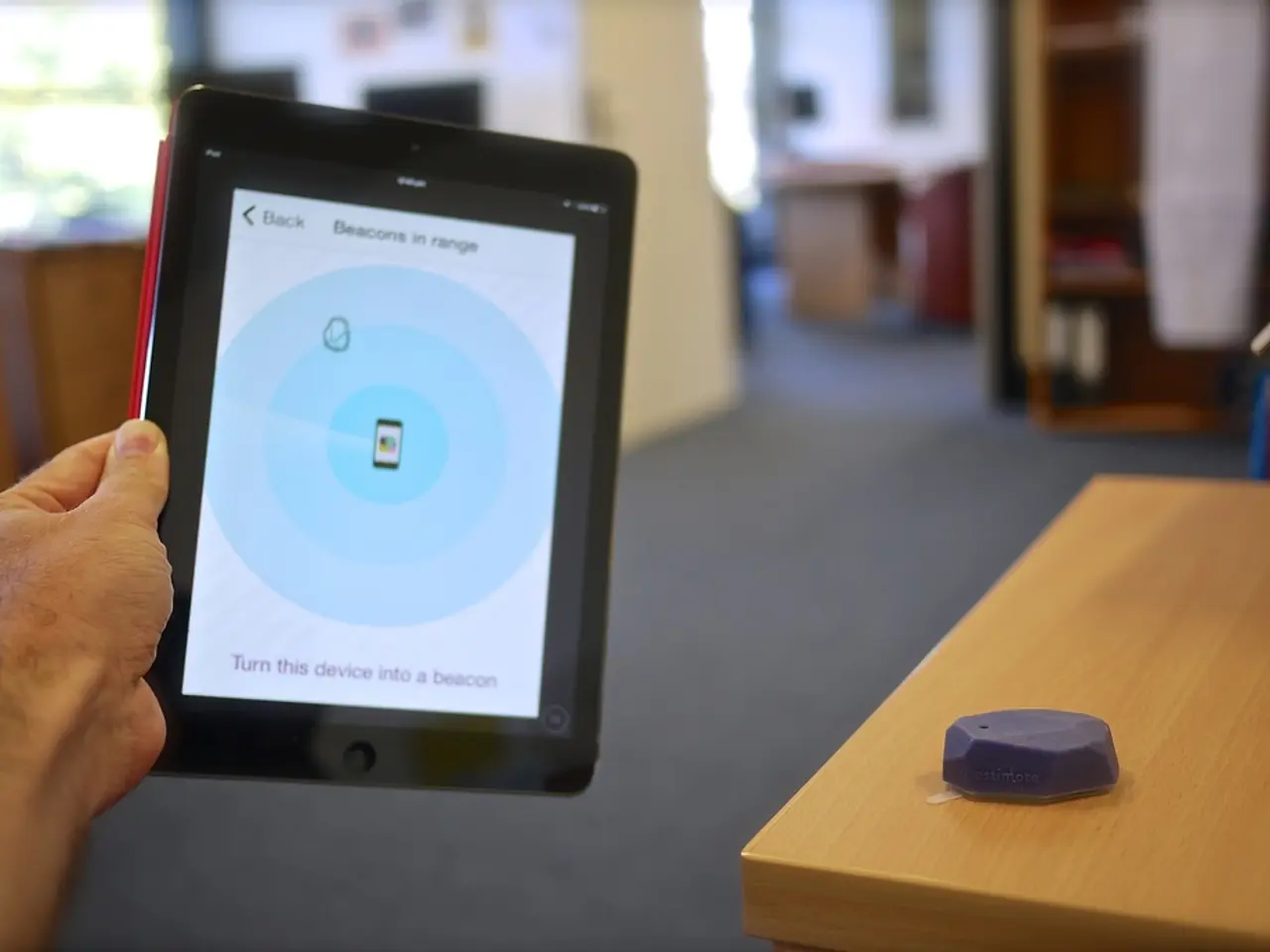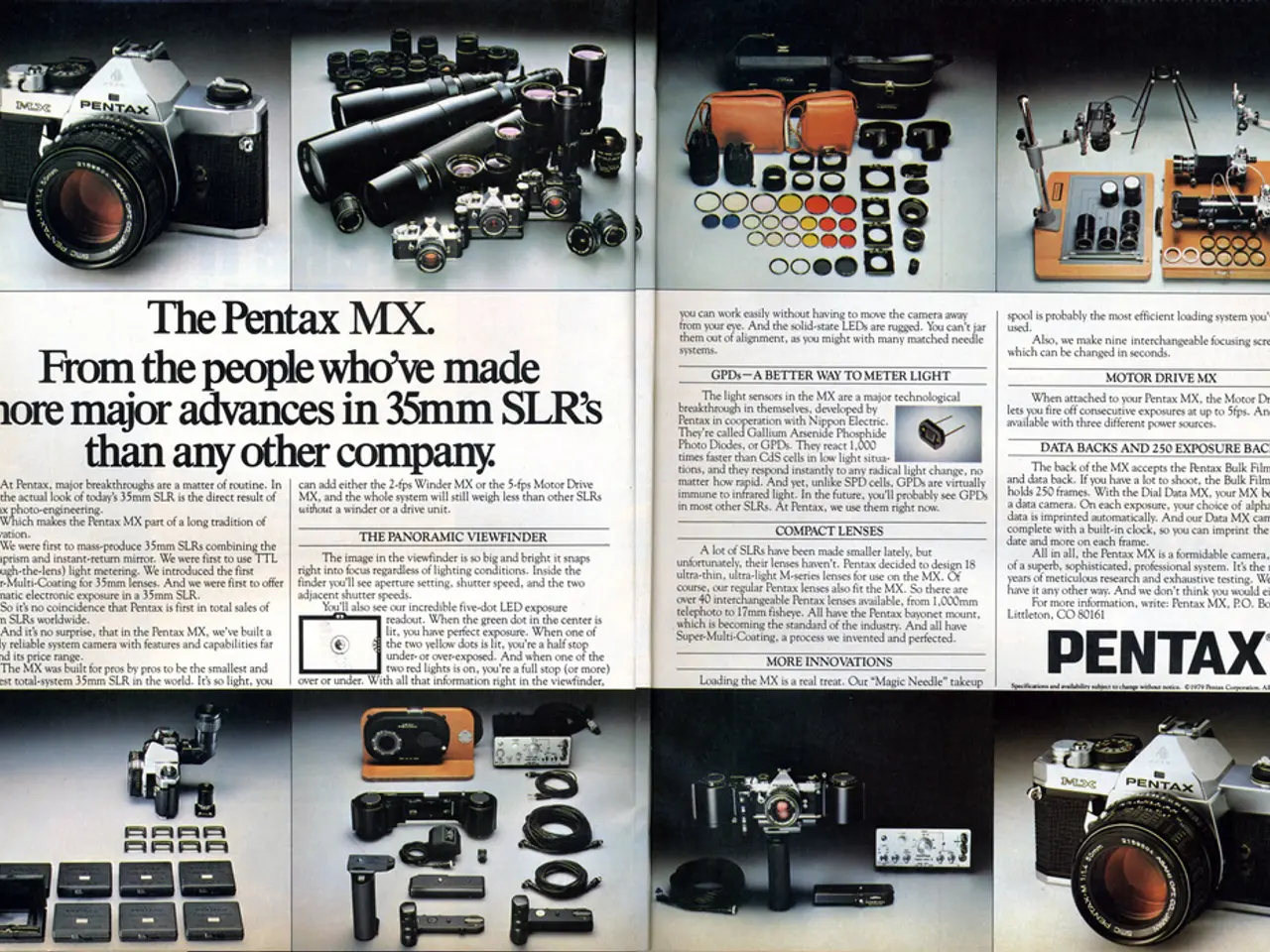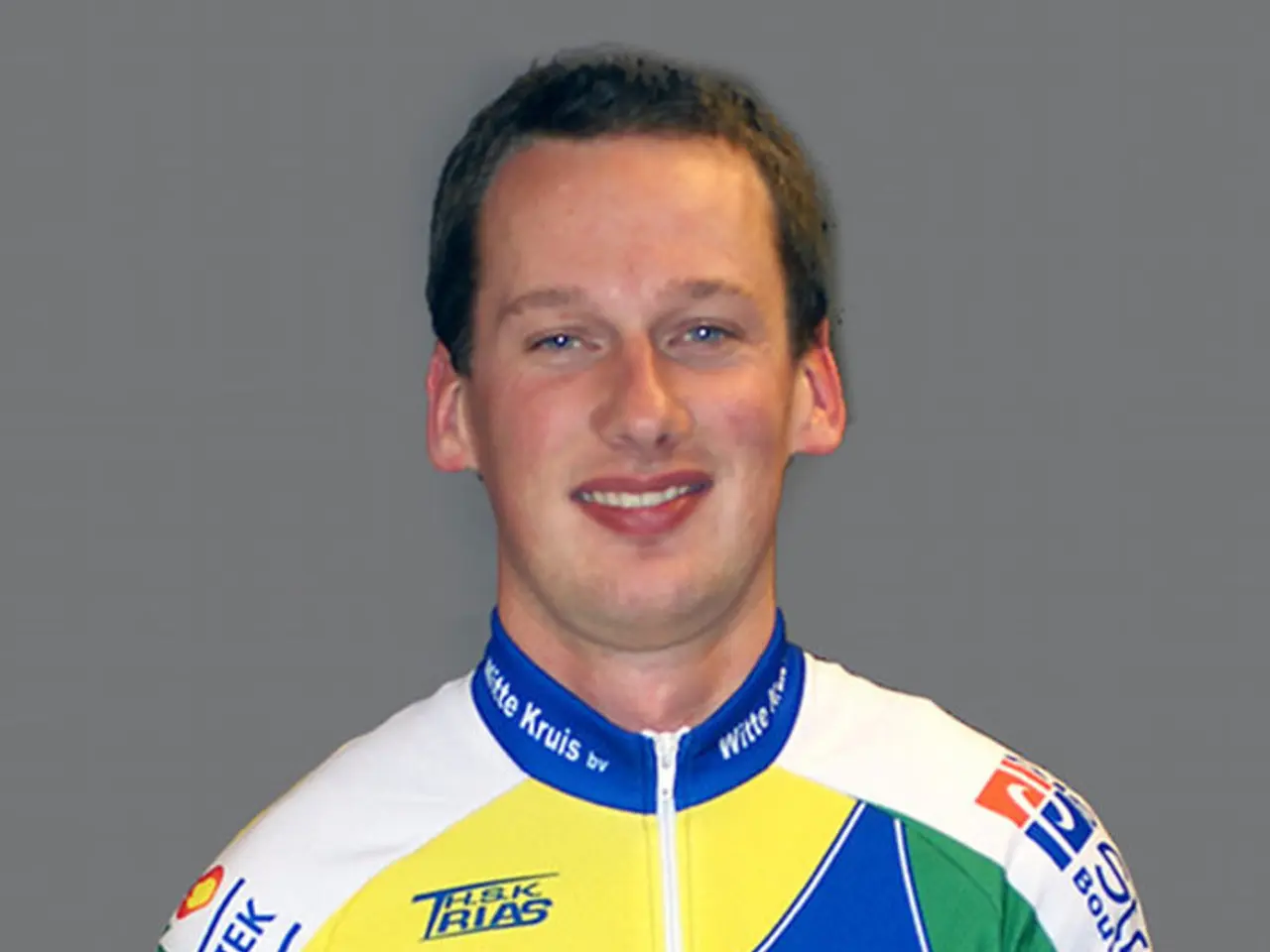Generative AI now offers a novel approach to sculpting realistic 3D forms.
Streamlining the tedious process of creating 3D models for virtual reality, movie production, and engineering design, has long been a challenge due to the need for manual trial and error. While artificial intelligence (AI) models excel at generating lifelike 2D images from text prompts, these models aren't designed for 3D shape creation.
Enter Score Distillation, a technique that aims to bridge the gap by using 2D image generation models to create 3D shapes. However, the end result is often blurry or cartoonish. To tackle this issue, MIT researchers delved into the intricacies of the algorithms used for 2D image generation and 3D shape creation.
Their investigation revealed the root cause of the lower-quality 3D models. These issues include time-consuming, stochastic optimization processes, conflicting objectives within the optimization steps, and inconsistent 3D quality due to the reliance on 2D priors.
To rectify these issues, MIT researchers proposed a simple solution. Their approach separates the editing and preservation processes over time, following a diffusion time schedule. This divide-and-conquer strategy reduces internal conflicts, quickens the completion process (up to 15 times faster), and generates results comparable in quality to the best model-generated 2D images.
Recent research, such as DaCapo by Huang et al., suggests a similar improvement: separating the optimization of preservation and editing over time, framing it as a "diffusion bridge sampling process." This method combines the inversion and generation processes at specific time intervals, reduce internal conflicts, speeds up completion, and yields high-quality results.
| Issue with SDS | Impact on 3D Shape Quality | Simple Fix Proposed ||-------------------------------|------------------------------------|--------------------------------------|| Lengthy stochastic optimization| Slow inference, low quality | Time-based separation of objectives || Editing/preservation conflict | Blurring, loss of detail, artifacts| Stacked bridge, diffusion scheduling || 2D-to-3D priors | Blurry textures, poor consistency | (General: use of 3D-native models) |
In essence, the key improvement for SDS-based methods lies in structuring the optimization process to separate editing and preservation over time, reducing internal conflicts and enhancing both speed and output quality. This is not solely an MIT-driven innovation, but it's an exemplary, straightforward solution in current research. Furthermore, some groups are investigating more robust 3D-native models as an alternative, but these require distinct infrastructure and data.
Artificial-intelligence models, while effective in generating lifelike 2D images, have struggled to create high-quality 3D shapes due to issues such as lengthy, time-consuming stochastic optimization and editing/preservation conflicts, resulting in blurred textures and poor consistency. To alleviate these problems, MIT researchers suggested a simple fix - the divide-and-conquer strategy of separating the editing and preservation processes over a time-based diffusion schedule, which had shown significant improvements in speed and output quality.





